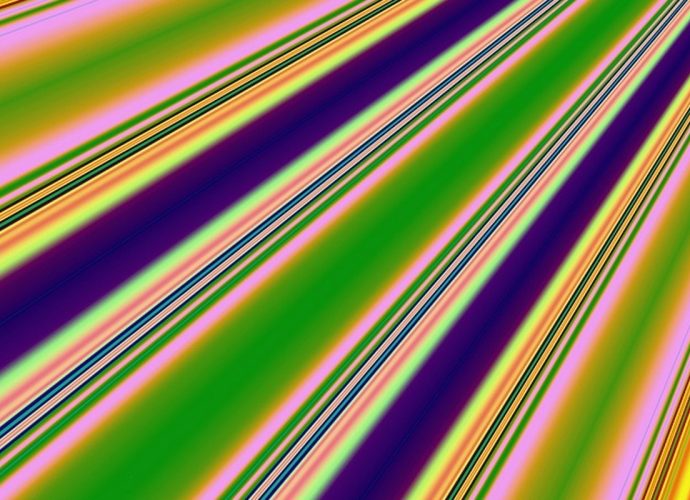Is Photosynthesis Is Related To Cellular Respiration?
The two processes are similar in that they both produce energy, albeit in two different forms. They are different in that photosynthesis assembles the glucose molecule, while cellular respiration takes it apart. Does photosynthesis require cellular respiration? Photosynthesis and cellular respiration are complementary biochemical reactions. Photosynthesis requires the products ofRead More →








